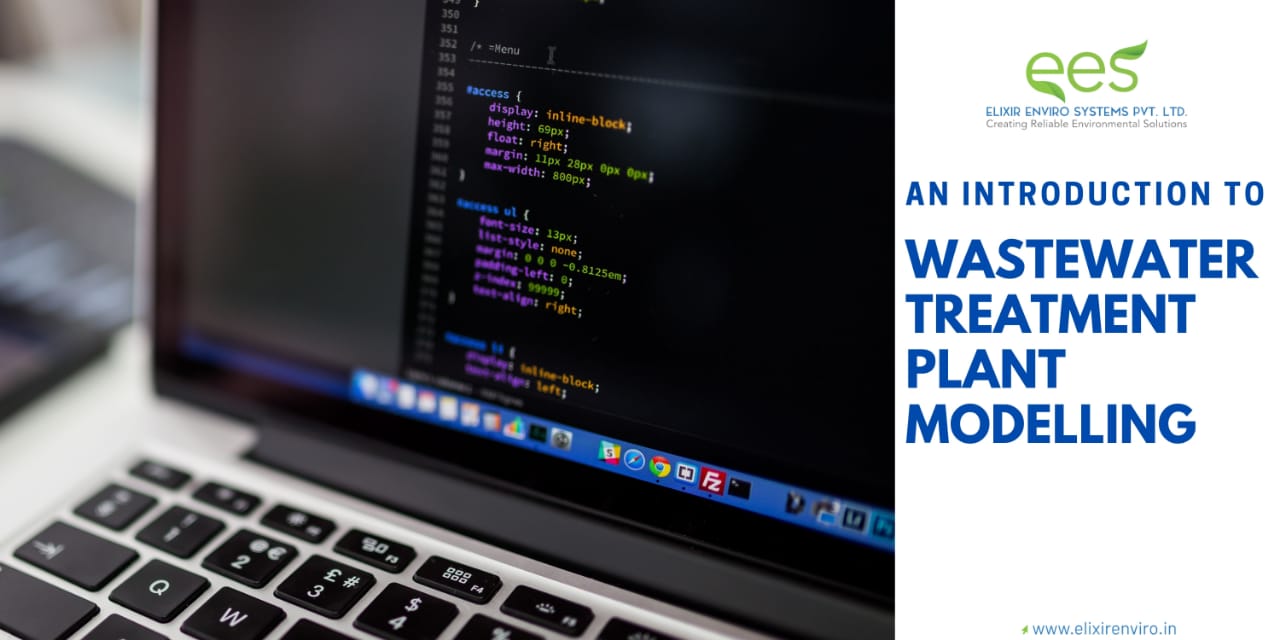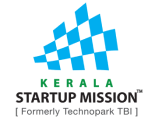
The Stringent Wastewater discharge limits made the process modelling software an inevitable asset to many process-engineering companies. Process modelling provides a better understanding of new plant designing, upgrading the plant, optimizing the existing plants, and improvements in process control. It also helps to select the lowest CAPEX-OPEX solutions, in troubleshooting, to train the stakeholders, and nowadays even used to predict the greenhouse gas footprint of a treatment plant.
The late 1970s to early 1980s can be considered as the golden era of wastewater treatment models. Several research groups worked independently to develop activated sludge process models, resulted in several models with different equations and notations. Initially, they were only steady-state models, which paved the stepping-stone for the development of dynamic models. The International Water Association (IWA) facilitated the acceleration of the model development by combining the models that existed and released the ASM1 (Activated Sludge Model 1). Later ASM1 got modified to ASM2, ASM2d, ASM3, and their modifications. These developments resulted in the birth of many commercial modelling software using these models as such or with some modifications and upgrades thereof. In general, for any wastewater treatment process simulators, the most important aspect lies in its Biological Model.
The wastewater treatment process is generally divided into the primary, secondary, and tertiary stages. The primary stage includes the mechanical systems; the secondary stage is the most important biological treatment stage. The tertiary is the polishing stage including the suspended solids removal, removal of residual organics from the secondary stage, disinfection, and removal of inorganic components.
From a layman’s point of view, a wastewater treatment model can be one or several equations that describe one or several processes that are being functional in a treatment plant. The model can be physical models such as Gravitational settling models (used for primary and secondary clarifiers), Chemical Precipitation models (important for chemical processes such as lime/alum/struvite precipitations), Biological Models (such as for aerobic, anaerobic biological processes), aeration models (important for mass transfer/mixing) or can be filtration models (such as the membrane filtration).
Wastewater usually is not homogenous, the flow (hydraulics) and the concentrations are many times inhomogeneous. wastewater treatment plants, especially the large ones, are not at the luxury to afford a large collection tank. The flow variations could be due to the diurnal changes or rain (monsoon) for instance, similarly, the concentrations load changes could be, due to an industrial discharge. The effect of this heterogenicity, in hydraulic and/or concentration loads, on the treatment plant efficiency can only be predicted using dynamic modelling. Using the model one could investigate the best alternative solution to the problem.
Control systems and control philosophies are absolutely essential in the operation of a wastewater treatment plant economically. When it comes to advanced biological processes, the odds are that the control system is “the heart” of the process. In case of the advanced biological processes, such as a combination of Nitrification-denitrification, Sequential Batch Reactors, granular sludge sequential reactors, Nitritation Deammonification treatment, Sulphur oxidation, Biological/chemical phosphorous removal, etc the treatment efficiency prediction becomes almost impossible without good modelling software. Technically, the simulator helps the process engineer to predict the treatment efficiency.
We at Elixir Enviro Systems Pvt Ltd are proficient in modelling the wastewater treatment plant. We are a distributor of EnviroSim Associates’ BioWin software for the wastewater treatment plants. We also have our own proprietary Anaerobic Digestion model (non-commercial) for the simulation of wastewaters generated from different industries
Should you have any queries, please do connect to us at info@elixirenviro.in




